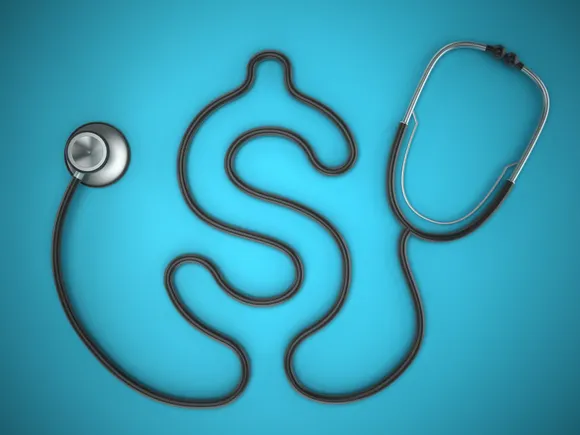
Healthcare costs in the United States are poised to rise by nearly 8% in 2024, according to industry experts, presenting a growing financial burden for employers. This projected increase stems from a variety of factors including higher prices for medical services, increased demand for healthcare, and the long-term impacts of the COVID-19 pandemic.
Experts note that the anticipated 8% rise in employer healthcare benefit expenditures marks one of the steepest annual increases in over a decade. As healthcare continues to consume a larger portion of corporate budgets, companies may be forced to adjust benefit offerings, increase premiums or deductibles for employees, or seek alternative healthcare strategies.
Rising costs are being driven by factors such as inflation in medical wages, higher costs for prescription drugs, and the resumption of elective procedures that had been delayed during the early pandemic period. Additionally, the increasing prevalence of chronic conditions such as diabetes and mental health issues is compounding the pressure on healthcare systems and employer-sponsored insurance plans.
Employers are exploring a range of responses to manage these cost pressures. Some are investing in wellness programs aimed at reducing long-term health costs, while others are turning to high-deductible health plans or contracting directly with healthcare providers to control spending.
Analysts caution that without systemic changes to healthcare pricing and delivery, these upward trends may continue in coming years, making comprehensive reforms or innovations increasingly necessary to maintain affordability and accessibility for both employers and workers.
Source: https:// – Courtesy of the original publisher.








